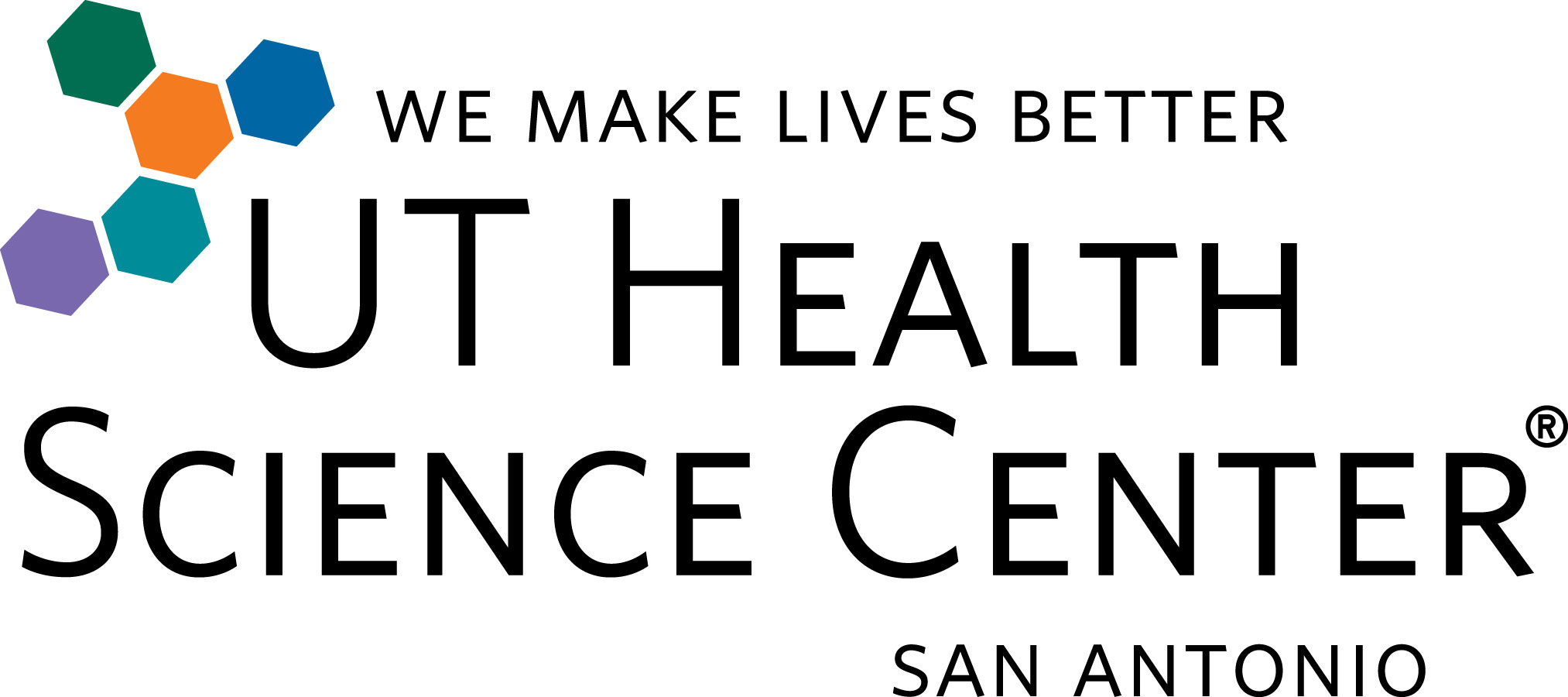Imatinib Mesylate in Treating Patients With Recurrent Malignant Glioma or Meningioma
| Status: | Completed |
|---|---|
| Conditions: | Brain Cancer, Brain Cancer, Brain Cancer, Brain Cancer |
| Therapuetic Areas: | Oncology |
| Healthy: | No |
| Age Range: | 18 - 120 |
| Updated: | 6/29/2018 |
| Start Date: | February 27, 2001 |
| End Date: | August 15, 2006 |
Phase I/II Trial of STI571 (NSC 716051) in Patients With Recurrent Malignant Gliomas
RATIONALE: Imatinib mesylate may interfere with the growth of tumor cells and may be an
effective treatment for recurrent glioma and meningioma.
PURPOSE: Phase I/II trial to study the effectiveness of imatinib mesylate in treating
patients who have progressive, recurrent, or unresectable malignant glioma or meningioma.
effective treatment for recurrent glioma and meningioma.
PURPOSE: Phase I/II trial to study the effectiveness of imatinib mesylate in treating
patients who have progressive, recurrent, or unresectable malignant glioma or meningioma.
OBJECTIVES:
- Determine the maximum tolerated dose of imatinib mesylate in patients with recurrent
malignant glioma or meningioma.
- Determine the safety profile of this drug in these patients.
- Determine the pharmacokinetics of this drug, with or without concurrent enzyme-inducing
anti-epileptic drugs (EIAEDs), in these patients. (Stratum of patients currently taking
EIAEDs closed to accrual as of 05/15/2003 for phase I and phase II)
- Determine angiogenic activity in vivo using functional neuro-imaging studies and in
vitro with assays of serum angiogenic peptides.
- Determine the efficacy of this drug, in terms of 6-month progression-free survival and
objective tumor response, in these patients.
OUTLINE: This is a multicenter, dose-escalation study. Patients are stratified according to
concurrent enzyme-inducing anti-epileptic drug use (yes [stratum closed to accrual as of
05/15/2003 for phase I and phase II] vs no).
- Phase I (patients with glioma or meningioma) Patients in cohorts 1 and 2 receive oral
imatinib mesylate (STI571) once daily on days 1-28. Patients in cohorts 3-5 receive oral
STI571 twice daily on days 1 and 3-28 of the first course and on days 1-28 of subsequent
courses. Courses repeat every 4 weeks in the absence of disease progression or
unacceptable toxicity.
Cohorts of 3-6 patients receive escalating doses of STI571 until the maximum tolerated dose
(MTD) is determined. The MTD is defined as the dose preceding that at which 2 of 3 or 2 of 6
patients experience dose-limiting toxicity.
- Phase II (patients with glioma) (glioblastoma multiforme patients excluded as of
05/15/2003) Patients receive oral STI571 at the MTD determined in phase I, 1-2 times
daily for 4 weeks. Courses repeat every 4 weeks in the absence of disease progression or
unacceptable toxicity.
Patients are followed for survival.
PROJECTED ACCRUAL: A total of 36 patients will be accrued for phase I of the study within 6
months and a total of 39 patients will be accrued for phase II of the study within 6-8
months. (Glioblastoma multiforme patients excluded from phase II as of 05/13/2003).
- Determine the maximum tolerated dose of imatinib mesylate in patients with recurrent
malignant glioma or meningioma.
- Determine the safety profile of this drug in these patients.
- Determine the pharmacokinetics of this drug, with or without concurrent enzyme-inducing
anti-epileptic drugs (EIAEDs), in these patients. (Stratum of patients currently taking
EIAEDs closed to accrual as of 05/15/2003 for phase I and phase II)
- Determine angiogenic activity in vivo using functional neuro-imaging studies and in
vitro with assays of serum angiogenic peptides.
- Determine the efficacy of this drug, in terms of 6-month progression-free survival and
objective tumor response, in these patients.
OUTLINE: This is a multicenter, dose-escalation study. Patients are stratified according to
concurrent enzyme-inducing anti-epileptic drug use (yes [stratum closed to accrual as of
05/15/2003 for phase I and phase II] vs no).
- Phase I (patients with glioma or meningioma) Patients in cohorts 1 and 2 receive oral
imatinib mesylate (STI571) once daily on days 1-28. Patients in cohorts 3-5 receive oral
STI571 twice daily on days 1 and 3-28 of the first course and on days 1-28 of subsequent
courses. Courses repeat every 4 weeks in the absence of disease progression or
unacceptable toxicity.
Cohorts of 3-6 patients receive escalating doses of STI571 until the maximum tolerated dose
(MTD) is determined. The MTD is defined as the dose preceding that at which 2 of 3 or 2 of 6
patients experience dose-limiting toxicity.
- Phase II (patients with glioma) (glioblastoma multiforme patients excluded as of
05/15/2003) Patients receive oral STI571 at the MTD determined in phase I, 1-2 times
daily for 4 weeks. Courses repeat every 4 weeks in the absence of disease progression or
unacceptable toxicity.
Patients are followed for survival.
PROJECTED ACCRUAL: A total of 36 patients will be accrued for phase I of the study within 6
months and a total of 39 patients will be accrued for phase II of the study within 6-8
months. (Glioblastoma multiforme patients excluded from phase II as of 05/13/2003).
DISEASE CHARACTERISTICS:
- Histologically confirmed recurrent or unresectable malignant glioma
- Glioblastoma multiforme (phase I only)
- Anaplastic astrocytoma
- Anaplastic oligodendroglioma
- Anaplastic mixed oligoastrocytoma
- Malignant astrocytoma not otherwise specified
- Gliosarcoma
- Low-grade histology with subsequent diagnosis of malignant glioma allowed (phase
I only) OR
- Histologically confirmed recurrent or unresectable benign or malignant meningioma
(phase I only)
- No prior intracranial hemorrhage
- Failed prior radiotherapy
- Progressive or recurrent disease by MRI or CT scan and/or resection
- PET or thallium scan, MR spectroscopy, or surgical documentation required in
patients who have received prior interstitial brachytherapy or stereotactic
radiosurgery
- Stable dose of steroids for 5-7 days prior to MRI or CT scan
PATIENT CHARACTERISTICS:
Age:
- 18 and over
Performance status:
- Karnofsky 60-100%
Life expectancy:
- More than 8 weeks
Hematopoietic:
- Absolute neutrophil count at least 1,500/mm^3
- Platelet count at least 100,000/mm^3
- Hemoglobin at least 10 g/dL (transfusion allowed)
Hepatic:
- Bilirubin less than 2 times upper limit of normal (ULN)
- SGOT less than 2 times ULN
- No significant hepatic disease
Renal:
- Creatinine less than 1.5 mg/dL
- Creatinine clearance at least 60 mL/min
- No significant renal disease
Cardiovascular:
- No significant cardiac disease
- No deep venous or arterial thrombosis within the past 6 weeks
Pulmonary:
- No pulmonary embolism within the past 6 weeks
Other:
- Not pregnant or nursing
- Negative pregnancy test
- Fertile patients must use effective barrier contraception during and for up to 6
months after study participation
- No other serious concurrent medical illness
- No serious active infection
- No concurrent disease that would obscure toxicity or alter drug metabolism
- No other malignancy within the past 3 years except nonmelanoma skin cancer or
carcinoma in situ of the cervix
PRIOR CONCURRENT THERAPY:
Biologic therapy:
- At least 1 week since prior interferon or thalidomide and recovered
- No concurrent immunotherapy
- No concurrent prophylactic filgrastim (G-CSF)
Chemotherapy:
- Recovered from prior chemotherapy
- At least 4 weeks since prior cytotoxic therapy
- At least 2 weeks since prior vincristine
- At least 6 weeks since prior nitrosoureas
- At least 4 weeks since prior temozolomide
- At least 3 weeks since prior procarbazine
- Prior polifeprosan 20 with carmustine implant (Gliadel wafer) allowed
- Prior radiosensitizers allowed
- No other concurrent chemotherapy
- Phase I only:
- Prior chemotherapy required for anaplastic astrocytoma, anaplastic
oligodendroglioma, and anaplastic mixed oligoastrocytoma
- Prior treatment for up to 3 relapses allowed
- Phase II only:
- Prior chemotherapy not required
- Prior treatment for up to 2 relapses allowed
Endocrine therapy:
- See Disease Characteristics
- At least 1 week since prior tamoxifen and recovered
- No concurrent anticancer hormonal therapy
Radiotherapy:
- See Disease Characteristics
- At least 4 weeks since prior radiotherapy
- No concurrent radiotherapy
Surgery:
- See Disease Characteristics
- Recovered from prior surgical resection of recurrent or progressive disease
Other:
- At least 1 week since prior non-cytotoxic agents and recovered
- At least 1 week since prior tretinoin and recovered
- At least 2 weeks since prior drugs that affect hepatic metabolism
- No other concurrent investigational agents
- No concurrent warfarin
We found this trial at
11
sites
Click here to add this to my saved trials
10833 Le Conte Avenue # 8-950
Los Angeles, California 90095
Los Angeles, California 90095
(310) 825-5268

Jonsson Comprehensive Cancer Center at UCLA In the late 1960s, a group of scientists and...
Click here to add this to my saved trials
4502 Medical Drive
San Antonio, Texas 78284
San Antonio, Texas 78284
(210) 567-7000

University of Texas Health Science Center at San Antonio The University of Texas Health Science...
Click here to add this to my saved trials
1500 East Medical Center Drive
Ann Arbor, Michigan 48109
Ann Arbor, Michigan 48109
800-865-1125

University of Michigan Comprehensive Cancer Center The U-M Comprehensive Cancer Center's mission is the conquest...
Click here to add this to my saved trials
Click here to add this to my saved trials
Dallas, Texas 75390
Click here to add this to my saved trials
1515 Holcombe Blvd
Houston, Texas 77030
Houston, Texas 77030
713-792-2121

University of Texas M.D. Anderson Cancer Center The mission of The University of Texas MD...
Click here to add this to my saved trials
Click here to add this to my saved trials
Memorial Sloan Kettering Cancer Center Memorial Sloan Kettering Cancer Center — the world's oldest and...
Click here to add this to my saved trials
Click here to add this to my saved trials
Click here to add this to my saved trials
